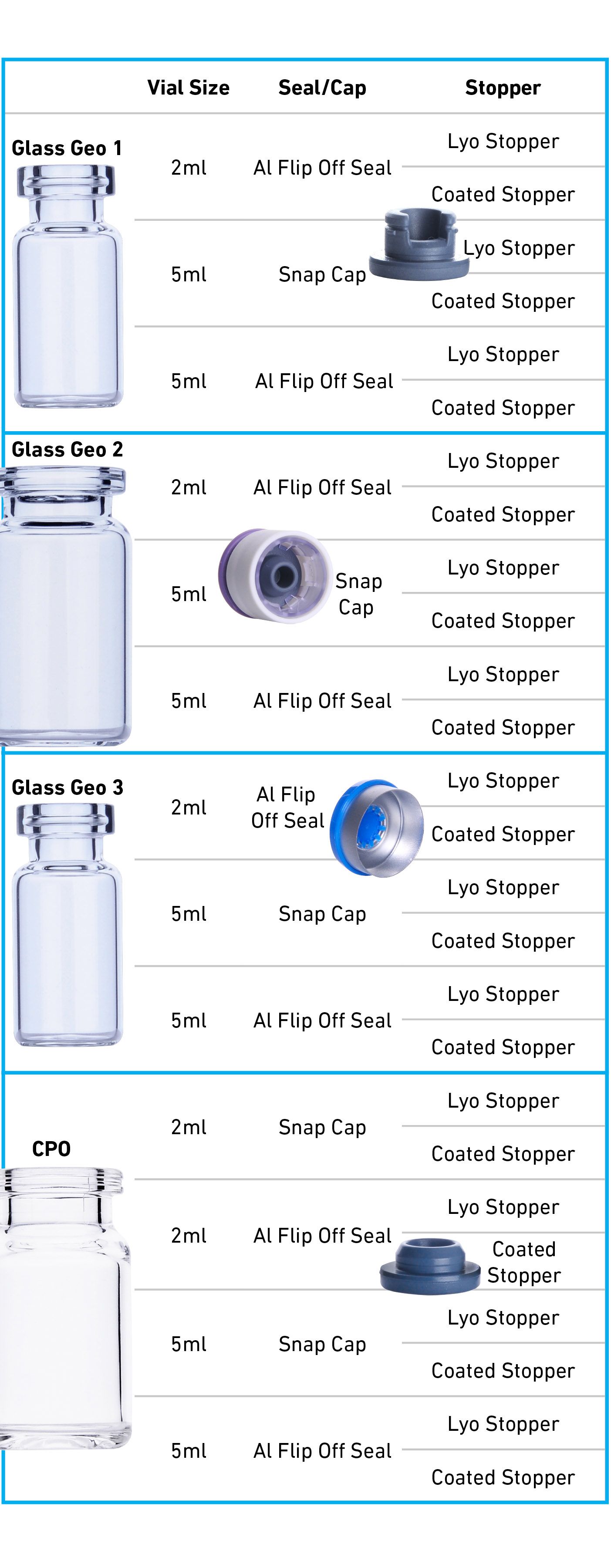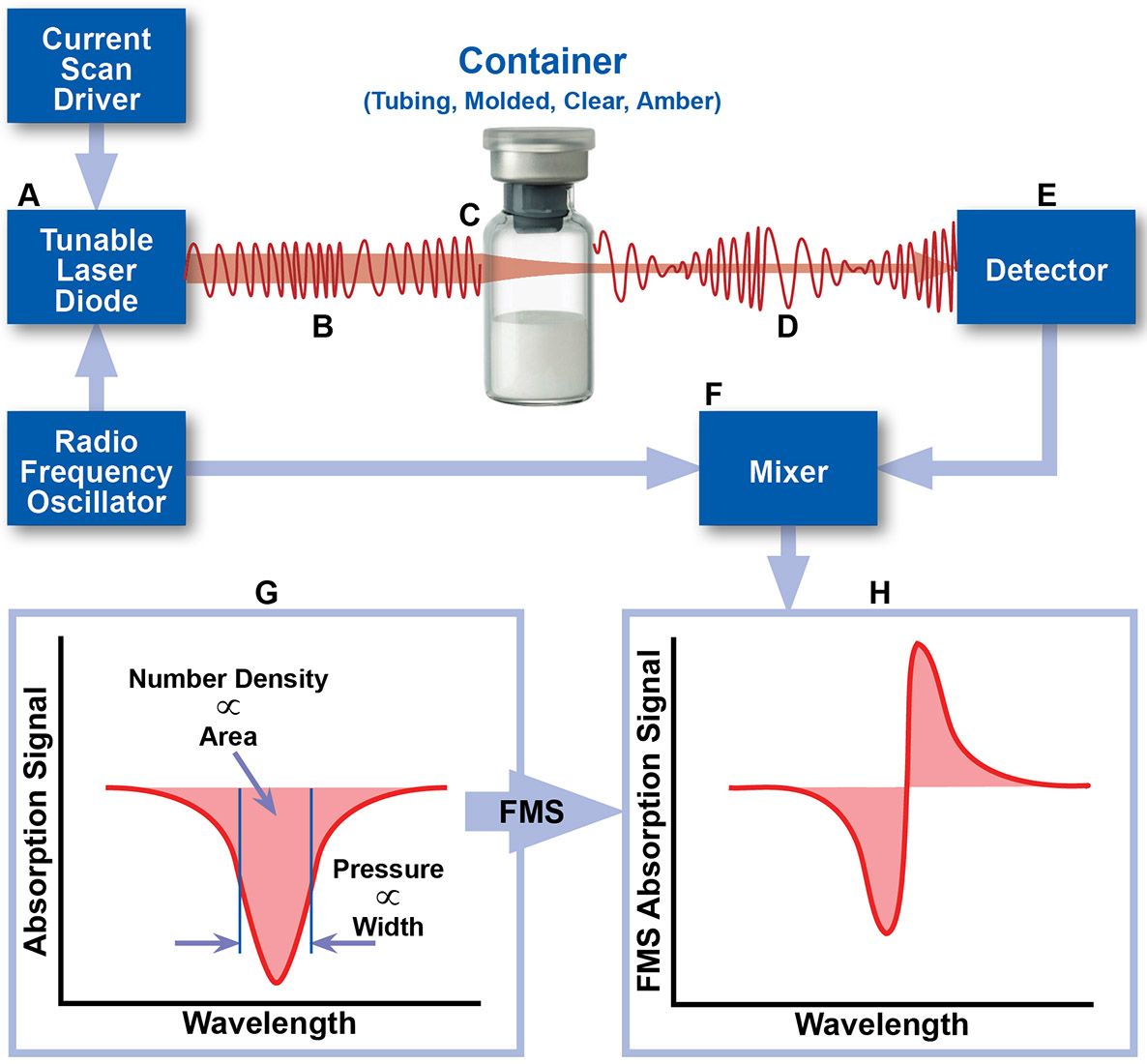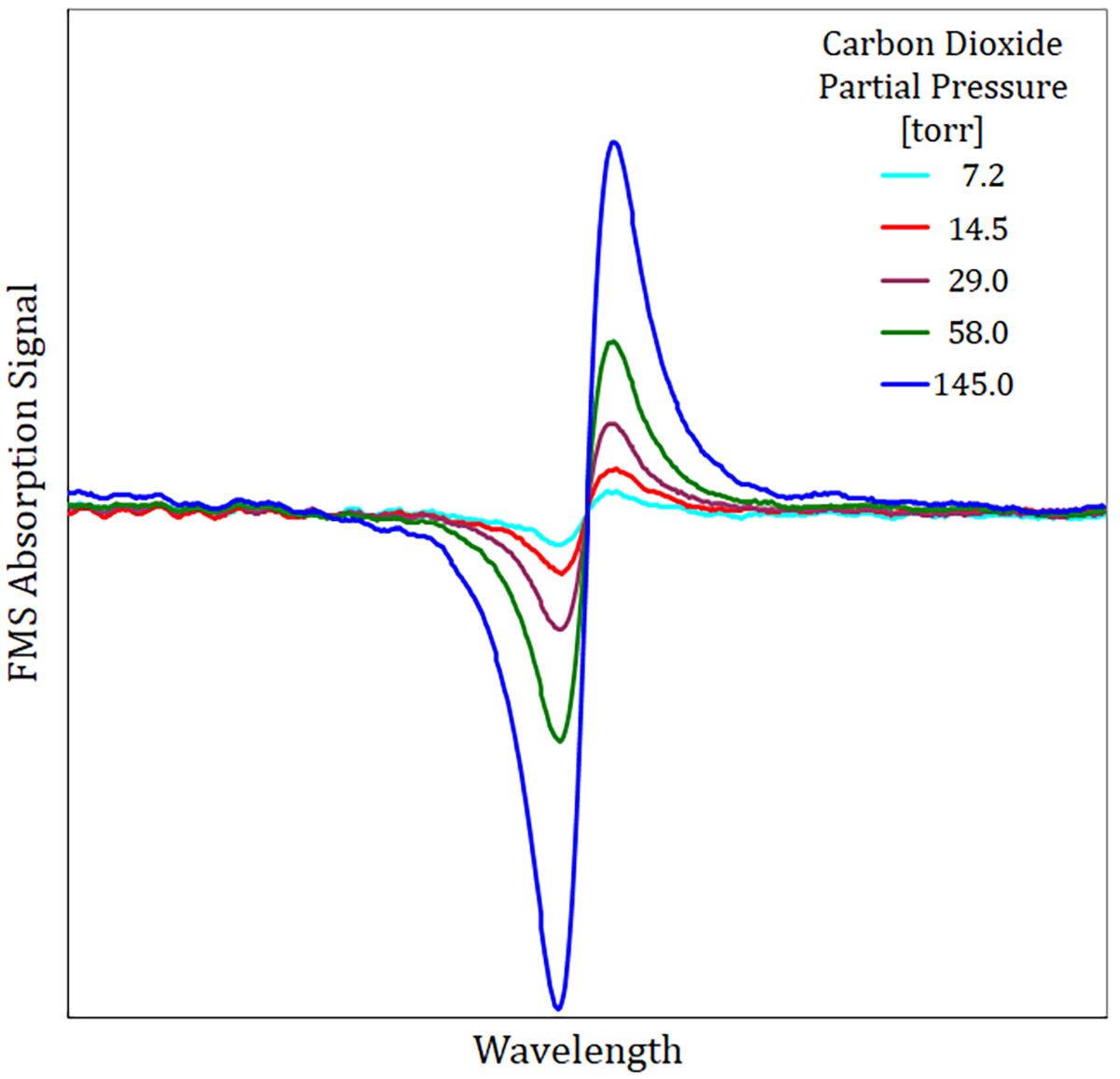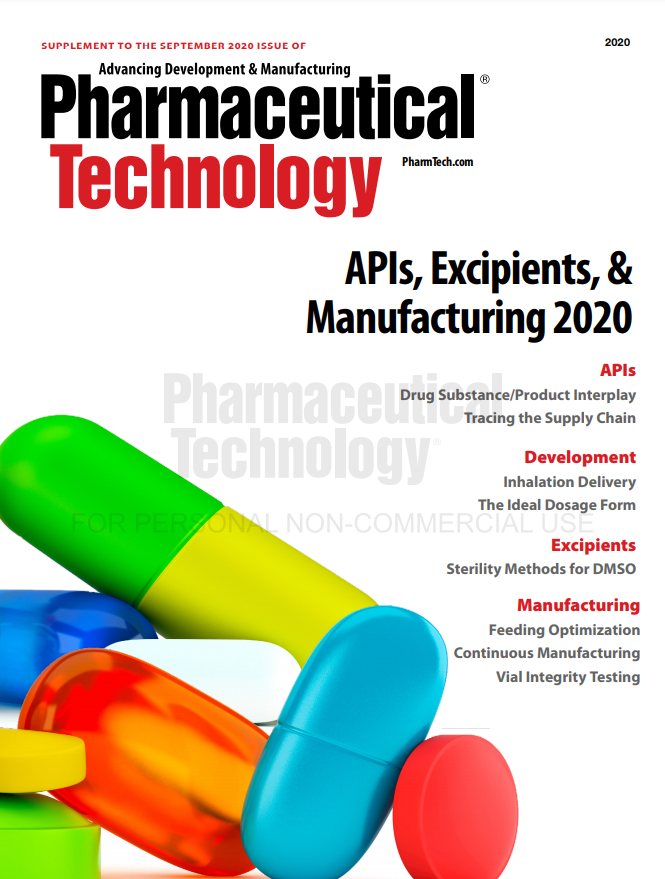Using Gas Headspace Analysis to Assess Glass and Nontraditional Vial-Closure Integrity
Increased use of nested and ready-to-use primary packaging has resulted in a need for more validation data on container-closure integrity. This article describes efforts to develop these data for new and traditional containers and closures.
DWK Pharma

Parenteral drug development is comprised of several complex, costly, and time-intensive steps that are fraught with high levels of risk. Even when they take strict precautions, developers face a high degree of uncertainty that new drug candidates and their packaging will meet endpoint objectives and obtain FDA approval (1–5).
Primary packaging components (i.e., glass and plastic vials, bottles, stoppers, aluminum seals, and snap caps) must be designed to ensure the long-term integrity of injectable content. In addition, as use of lyophilized formulations increases, so does the need to maintain an inert headspace or reduced pressure within the container to aid product reconstitution. Primary packaging failure can be traced to material composition and conformal defects and incompatibilities between the primary package components. In some cases, these problems can lead to issues during the fill/finish stage.
To reduce these risks, researchers, developers, and manufacturers are sharing best practices to ensure success. Of the utmost importance is ensuring that dimensional conformity and tolerances are consistent from one product lot to another. To this end, developers and manufacturers must perform detailed process validations using multiple lots.To help ensure success, more drug developers and manufacturers, particularly smaller, resource-challenged biopharmaceutical companies, are partnering with experienced vendors and contract manufacturing and packaging companies, and selecting primary packaging components that have already demonstrated compatibility.
Within the past few years, there has been a steady growth in the adoption of sterile ready-to-use primary packaging, as well as nested components. Working with proven packaging designs and materials can eliminate some of the pitfalls associated with parenteral drug and packaging development, optimizing sterility, efficacy, safety, and pharmacokinetics, and enabling developers to package products at their maximum tolerated doses.However, there is still a need to optimize the validation process, which is complicated by interactions between primary packaging components, fill/finish equipment, fill/finish processes, visual inspection, and differences in the level of skill and competence of individual filling and packaging operators.
Even though the fill/finish process involves careful controls and validation, there may still be variation in the process, or in the quality of container closure components that impact product quality or integrity.At this point, not all preconfigured primary packaging systems are supported by container closure integrity (CCI) data.Traditionally, most drug developers and manufacturers have used 2-mL, 5-mL, and 10-mL clear and amber Type I borosilicate glass for primary packaging.
More recently, however, driven by the need to prevent any impact on the packaging from pH extremes and surface binding, more manufacturers have begun to evaluate alternatives to glass. Among the new materials and designs being considered are 2-, 6-, and 10-mL serum vials made from surface-treated cyclic olefin (COP) serum vials.
Both glass and non-glass vials are commonly outfitted with 13-mm and 20-mm stoppers, including igloo lyo or coated material stoppers; flip and tear-off aluminum seals; and snap caps. All components are consumed in sterile, ready-to-use, and inventory-match configurations that are accompanied by certificates of conformity (CoCs) and traceability data, simplifying their use and the integration of data into the manufacturer’s quality management system.
The authors launched headspace leak-detection studies to assess the integrity of ready-to-use primary packaging using these types of stoppers to demonstrate system compatibility and develop validation data. Lighthouse Instruments, an independent company that specializes in optical-based, non-destructive headspace analysis equipment and services, performed the CCI studies.
Lighthouse’s FMS (for Frequency Modulation Spectro-
metry) CO2 equipment and overpressure test vessel were used to collect and analyze data. This article summarizes test procedures and results.
Study design
The study was made up of four study groups, with each group consisting of four subgroups (A, B, C, D), as shown in Figure 1. Groups 1–3 included glass vials from three manufacturing locations and group 4 used COP vials from a single manufacturing location. Subgroups were defined based on the type of seal used (i.e., whether they were aluminum, snap caps, lyo, or coated stoppers).
Figure 1. Preconfigured container-closure studies: how containers and closures were categorized.

Vial size
Each vial was measured for headspace carbon dioxide levels (T0) prior to being placed in a custom designed container closure integrity testing pressure chamber.The chamber was sealed, using a vacuum of approximately 100 torr, to isolate it from ambient atmosphere.The vacuum valve was then closed, and the fill valve connected to the carbon dioxide tank was opened to release carbon dioxide into the chamber until it reached atmospheric pressure.The chamber was then evacuated once more to a total pressure of 100 torr, and refilled to a total pressure of 1500 torr of carbon dioxide.All valves were closed, and the vials were left in this state for 30 minutes. After 30 minutes, the overpressure was released through the vent valve and the headspace of all samples and control vials was measured again (T1).This design would ensure that any leaking containers would show an increase in the total headspace carbon dioxide concentration.
The headspace carbon dioxide measurements were taken using a validated Lighthouse Instruments FMS Carbon Dioxide analyzer. The system was calibrated using the National Institute of Standards and Technologies (NIST) traceable gas standards (6) and verified by measuring a set of reference standards containing a known concentration of carbon dioxide.
Methodology
The FMS Carbon Dioxide analyzer (whose mode of operation is sketched in Figure 2) employs table diode laser absorption spectroscopy (TDLAS) to provide rapid and non-invasive gas analysis of the headspace within sealed containers.
Figure 2. Schematic overview of the measurement technique. The area and width of the FMS absorption signal can be used to determine physical parameters of the headspace of a container, including gas number density and total pressure. FMS is frequency modulation spectrometry.

The FMS-Carbon Dioxide Headspace Analyzer operates on the principles of frequency modulation spectroscopy (FMS) employing a diode laser that has been tuned to match a specific transition energy of the carbon dioxide molecule.
During measurement, the laser frequency is repeatedly scanned over the absorption feature and successive scans are averaged to improve the signal to noise ratio.As can be seen from the traces depicted in Figure 3, the averaged intensity of the FMS absorption signal is proportional to the headspace carbon dioxide number density.
Figure 3. FMS spectra from carbon dioxide absorption obtained from a standard set fabricated at 725 torr total pressure. The standards were filled with certified gas mixtures containing the stated amount of carbon dioxide. The area underneath the FMS absorption signal is linearly proportional to the carbon dioxide number density. FMS is frequency modulated spectrometry.

Results
In summary, all vials from the 26-vial configurations measured low levels (<2 torr) of headspace carbon dioxide content consistent with atmospheric conditions at the T0 timepoint. At the T1 timepoint, all intact vials measured low levels (<2 torr) and showed no measurable increase from the T0 timepoint. The positive controls, showed a large increase to 575 torr headspace carbon dioxide at the T1 timepoint, confirming that the method is capable of detecting defective vials stored in a carbon-dioxide-enriched environment.
It must be recognized that this analysis was not performed in an active fill/finish operation and, as such, the results of this study reflect a controlled analysis for the determination of component effectiveness when used as a system. Nevertheless, these tests demonstrate the importance of selecting compatible primary packaging components, and performing careful process evaluations using select fill/finish methodologies.
References
1. National Institutes of Health, Improving and Accelerating Therapeutic Development for Nervous System Disorders: Workshop Summary, April 8, 2013 NCBI workshop, www.ncbi.nlm.nih.gov, Feb. 2014.
2. R. Moscicki and P.K. Tandon, N Engl J Med 376: 469-474, 2017.
3. H. Katayama, B. Yakuhin, J. PDA Letter 55(7), July/August (2019).
4. S. Neadle, “Risk Management Considerations and Strategies in Product Development,” Chapter 5 in Lifecycle Risk Management for Healthcare Products: From Research Through Disposal, editors: E Bills and S. Mastrangelo, Davis Healthcare International Publishers (2016).
5. S. Neadle and I. Varadi, “Product Development andManufacturing Challenges for Combination Products,” AmericanPharmaceuticalReview.com, Feb 16, 2018.
6. NIST, The NIST Traceable Reference Material Program for Gas Standards,www.nist.gov,1996.
Article Details
Pharmaceutical Technology
Supplement: APIs, Excipients, and Manufacturing
September 2020
Pages: s32–37
Citation
When referring to this article, please cite it as J. Nolasco, R. Popilock, T. Millner, and J. Harkins, "Using Gas Headspace Analysis to Assess Glass and Nontraditional Vial-Closure Integrity,” APIs, Excipients, and Manufacturing Supplement, (September 2020).
Editor's Note
All figures courtesy of the authors. Please address all correspondence to Robert Popilock, Robert.popilock@dwk.com.

Pharmaceutical Tariffs Are Imminent: How Industry is Bracing for Impact
April 16th 2025On April 14, 2025, the Trump Administration launched a national security-driven investigation into pharmaceuticals, a move that will likely result in tariffs being placed on pharmaceutical drugs, ingredients, and other components that are imported from outside of the United States.
Drug Solutions Podcast: A Closer Look at mRNA in Oncology and Vaccines
April 30th 2024In this episode fo the Drug Solutions Podcast, etherna’s vice-president of Technology and Innovation, Stefaan De Koker, discusses the merits and challenges of using mRNA as the foundation for therapeutics in oncology as well as for vaccines.